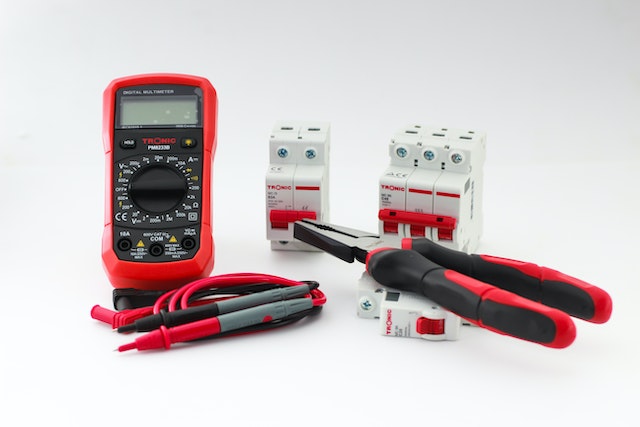Safe and Sound: Expert Tips for Effective Electrical Panel Testing
Introduction
At CDG Inspection we understand the importance of electrical panel testing to ensure the safety and functionality of electrical systems. Faulty electrical panels can pose significant risks, such as electrical fires, electric shocks, and damage to valuable equipment. In this comprehensive guide, we will share expert tips for effective electrical panel testing, allowing you to identify potential issues and maintain a safe and reliable electrical system.
The Importance of Electrical Panel Testing
Electrical panel testing plays a vital role in maintaining the integrity of your electrical system. A panel, also known as a distribution board or breaker box, is the central hub that receives electricity from the utility company and distributes it to different circuits in your home or commercial space. Regular testing of the electrical panel helps to:
- Identify Faulty Components: Over time, electrical panels can develop loose connections, corroded wires, or damaged components. Testing allows you to identify and rectify these issues before they lead to more significant problems.
- Ensure Electrical Safety: Faulty electrical panels can be a severe safety hazard, potentially causing electrical shocks, fires, or equipment damage. Regular testing helps identify potential safety risks and take appropriate measures to mitigate them.
- Prevent Power Interruptions: A malfunctioning electrical panel can cause frequent power outages or tripped circuit breakers, disrupting your daily operations. Testing helps ensure that the panel operates smoothly, reducing the likelihood of power interruptions.
Expert Tips for Effective Electrical Panel Testing
1. Schedule Regular Inspections
To maintain the safety and efficiency of your electrical system, it is crucial to schedule regular inspections by a qualified electrician. These inspections should include a comprehensive examination of the electrical panel, checking for any signs of wear, damage, or faulty components. Regular inspections help catch potential issues early on and prevent them from escalating into more significant problems.
2. Test Circuit Breakers
Circuit breakers are critical components of an electrical panel, designed to protect circuits from overloading and short circuits. It is essential to test the functionality of each circuit breaker regularly. To do this:
- Start by switching off all the circuit breakers.
- Gradually turn on each breaker, one at a time, to ensure they are properly engaging and disengaging.
- Test the tripping mechanism of each breaker by intentionally overloading a circuit and verifying that the breaker trips as expected.
If any circuit breakers do not function correctly, they should be replaced promptly by a qualified electrician.
3. Check for Loose Connections
Loose connections in an electrical panel can lead to overheating, arcing, and potential fire hazards. During testing, inspect all connections within the panel, ensuring they are secure and free from signs of corrosion or damage. Tighten any loose connections, and if you notice corrosion, consult a professional electrician for further evaluation and repairs.
4. Verify Grounding and Bonding
Proper grounding and bonding are essential for electrical safety. During panel testing, ensure that the panel is adequately grounded to prevent electrical shocks and that all grounding connections are secure. Additionally, check for proper bonding between metal components to prevent the buildup of static electricity and reduce the risk of electrical malfunctions.
5. Test Voltage Readings
Accurate voltage readings are crucial for maintaining the stability of your electrical system. Use a multimeter to measure voltage at different points within the panel, ensuring that readings align with the expected values. Significant deviations could indicate an underlying issue that requires further investigation by a professional electrician.
6. Inspect Panel Labels and Markings
Clear and accurate labeling of circuits within the electrical panel is essential for easy identification and troubleshooting. During testing, ensure that all labels and markings are legible, up to date, and correspond to the correct circuits. This step is particularly important for larger installations where multiple circuits are present.
7. Document Testing and Repairs
Maintaining a detailed record of electrical panel testing and any repairs or replacements performed is essential for future reference and compliance purposes. Document the date of each test, the specific tests conducted, any issues identified, and the corresponding actions taken. This documentation will help you track the maintenance history of your electrical panel and ensure ongoing safety and compliance.
Conclusion
Proper electrical panel testing is vital for ensuring the safety, reliability, and longevity of your electrical system. By following these expert tips, scheduling regular inspections, and promptly addressing any issues, you can maintain a safe and sound electrical panel. Remember, electrical work should always be performed by qualified professionals to guarantee optimal results and adherence to electrical codes and regulations.




